Clinical Applications of Non-Invasive Cardiac Output Monitors
2024-11-07
Hemodynamic factors are closely linked to the development, progression, and treatment of cardiovascular and cerebrovascular diseases. Timely and accurate assessment of a patient's hemodynamic status enables healthcare professionals to comprehensively evaluate cardiac function and formulate targeted treatment plans.

Developed by Tongling Bionics using thoracic impedance technology, the TL-NiCOM-100 provides real-time, continuous, and non-invasive measurement of 16 hemodynamic parameters, including CO (cardiac output) and HR (heart rate). It supports both static and dynamic monitoring with high validity and reproducibility. This device is widely applicable across multiple hospital departments and health screening centers, playing a crucial role in early prevention, clinical diagnosis, treatment, and exercise rehabilitation of cardiovascular and cerebrovascular diseases. It serves as an excellent "assistant" for medical professionals.

Anesthesiology
1.Provides comprehensive hemodynamic data, enabling precise medication control and management before anesthesia induction and during surgery.
2.Displays multiple hemodynamic parameters and trend graphs simultaneously, allowing early diagnosis and corrective treatment of circulatory dysfunction.
Cardiology
1.Detects early-stage heart failure and evaluates cardiac function through static monitoring or in combination with a 6-minute walk test.
2.Offers timely and accurate assessment of clinical treatment efficacy and prognostic indications.
3.Facilitates real-time monitoring during intensive drug therapy for hypertensive emergencies or hypotensive patients, guiding dosage adjustments.
Emergency Medicine
1.Safe, non-invasive, and rapid monitoring improves diagnostic efficiency.
2.Multi-parameter and multi-trend analysis effectively guides treatment and medication, saving critical time in emergencies.
3.Establishes hemodynamic baselines for unstable patients (e.g., heart failure, arrhythmia, shock).
4.Screens patients for appropriate monitoring based on individual hemodynamic status.
5.Evaluates drug titration effects and selects optimal treatment strategies.
Neurology
1.Non-invasive cardiac output monitoring aids in preventing cerebral infarction or worsening neurological function in affected patients.
2.Provides volume management parameters to monitor effective circulating blood volume, guiding fluid therapy and preventing imbalances. Assists in dehydration/rehydration therapy for intracranial pressure management in cerebral herniation and hemorrhage cases.
Intensive Care Unit (ICU)
1.Establishes hemodynamic baselines for critically ill patients, enabling early detection of changes and intervention.
2.Simple operation offers comprehensive hemodynamic monitoring when invasive methods are unnecessary or unfeasible.
Geriatrics
Non-invasive screening helps prevent cardiovascular diseases. Early detection of cardiac dysfunction in high-risk populations supports proactive intervention.
Health Screening Centers
Enables broad, cost-effective, and efficient cardiac function screening, expanding routine check-up dimensions.
Other Applications
1.Preoperative cardiac function assessment.
2.Evaluation of patient volume status.
3.Diagnosis and differentiation of shock subtypes.
4.Monitoring heart failure progression and guiding treatment with precise hemodynamic data.
Latest News



